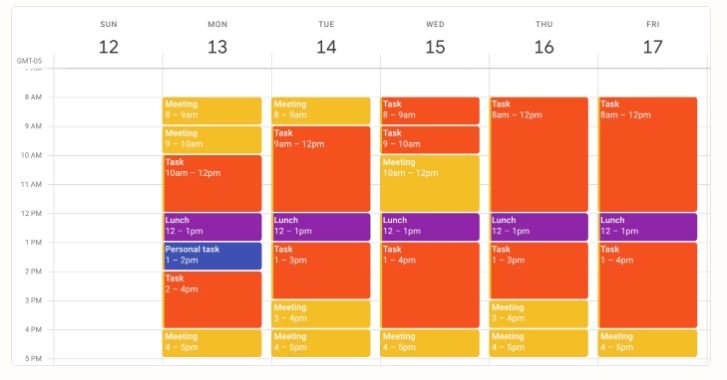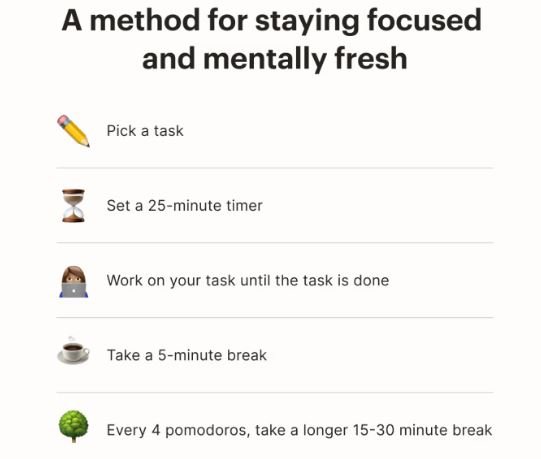How to achieve your writing goals: 3 things I learned
Write your goals down but don't put too many! You'll burnout!
Need some writing help? Join me LIVE on Twitch from Monday to Friday, 9:30 AM - 3:30 PM EST! 📚✍️ I’ll be working on my second book, and together we’ll tackle tasks using the Pomodoro Method for focused work sessions. Bring your to-do list, and let’s boost our productivity side-by-side! 🚀
When I first felt a surge of motivation to write my book, all I wanted to do was to sit in front of my computer and write. I felt the wave of eagerness, optimism and hope that I could write the best book I could. And that I could do it all day. Does this sound familiar? Well I was wrong. A few weeks into my writing journey, I felt like I was treading in knee-deep mud; my motivation waned, my willpower was running on empty and time crawled to a halt.
I didn’t understand it. What happened to all that optimism? My sudden rush of adrenaline and excitedness? Where did it all go? After deep diving into YouTube’s self-help and productivity channels, it hit me: I was writing without any clear direction. I mean, I knew where I wanted the story to go and how I wanted it to end, but getting to that point I had no clue. I had no goals.
I needed to make goals. Without goals, I was aimless. It was as if I was sailing the seas but with no course plotted - no port to sail to. After that realization, I used ‘goal setting’ to reclaim my enthusiasm for writing my book, including creating a sustainable way to keep sailing through those uncharted waters.
Here are 3 ways I learned to goal set which I hope you can use in your writing journey!
Set small, realistic and achievable goals.
Experiment and create a process then work at your own pace.
Be okay with not achieving some of your goals.
1. Set Small Goals
We probably all heard about S.M.A.R.T (Specific, Measurable, Achievable, Relevant, Time-Bound) goals so I won’t go into that. I do believe that by having a clear picture of what you want to do and how you’re going to achieve it, can guarantee a high-likelihood of success.
My ultimate goal was finishing my book so I dove head first into writing. I believed writers just went “all in” whenever they had a burst of inspiration and worked on their manuscript all day. I quickly found out the hard way; I started to lose motivation, I couldn’t write any lines, I got distracted and wasted a lot of time. To sum it all up, I was directionless—I had no small goals.
In terms of writing—especially working on a manuscript—having smaller goals such as finishing a paragraph in an hour or completing that chapter in a day (remember to avoid perfectionism) can provide sustainable, forward momentum towards achieving you end goal. You’ll begin to discipline yourself into putting in the work—step-by-step, action-by-action.
From Lewis Howes.
Always show up for yourself and keep going!
Overtime, these small achievements accumulate into significant successes, reducing the risk of procrastination and burnout. Some examples of smaller goals I’m still currently using are:
Writing at least a page or more within 45 minutes (regardless of word count).
Finishing a chapter at the end of my writing session (typically 6 hours) OR by the end of the week (I’m flexible).
Dedicate 1-hour into “world-building” and researching areas.
Dedicate 1-hour into chapter outlining.
2. Create a process and stick to it.
I was inconsistent with my time and let my “feelings” dictate when (and even where) I would write. Basically, I needed better time management. I learned I needed to create a schedule and within that, a process that I could stick with. That’s when I found out about time blocking and the pomodoro technique.
Time Blocking:
Time blocking is basically scheduling your day into chunks. Anyone with a calendar, a planner or a row of sticky notes stuck to their screens knows this. This is a method of creating blocks of time to work on a specific task. This way, your are dedicated to doing that work and nothing else. Time blocking allows you to prioritize activities by having enough time to complete them!
Time Blocking is very effective at promoting a sense of control over your time!
(image courtesy of Zapier)
For an added benefit, schedule important tasks based on your chronotype-which part of the day do you feel more alert, more sharp and more energetic? Are you a morning person or a night owl? For example, my optimal point of day is the morning, after I wake up at 8:00am. Between the hours of 9:00am till 12:00pm, I am the most productive. Then, a lunch at 12pm till 1:30pm, then I’m back to work until around 4:30pm-5:00pm, where I’ll start to feel slow. That’s when I stop my important tasks and do something else that doesn’t require too much cognitive function, like reading or working out.
Experiment with this method. Find out where in your day you’re the most optimal. This way you can prioritize tackling challenging activities and give yourself a massive productivity boost. The next method enhances time blocking for added concentration and helps stave off mental fatigue!
The Pomodoro Technique:
“Pomodoro” is Italian for tomato, where Francesco Cirillo (who developed the method) used a tomato-shaped kitchen timer to break work into timed intervals (Wikipedia). It’s a simple technique and I love it.
My favorite method!
This technique helps me focus, promotes flow state and I get a little reward in the form of a break at the end!
(Image from todoist)
In conjunction with the time blocking method, set a specific amount of time to focus on your task, then take a break. The amount of time for focused-work and breaks, varies depending on how much you can handle. Time varies like this:
25-minute focused work then a 5-minute break (30 mins) then repeat for an even 1-hour of work! (25/5 as pomodoro-gurus call it). Great for beginners new to the method.
45-minute focused work with a 15-minute break for an even 1-hour then repeat the process (45/15). This is what I use and is my favorite length of time. Great if you can focus for more than 25-minutes.
If you can handle it, try a 50-minute focused work then a 10-minute break (50/10) then repeat.
Test and see which length of focused time you can do. Eventually, you’ll learn to push your boundaries and go for a longer pomodoros! I started with the 25/5 and found it was too short. Then I did a 30-minute stretch and that was short too. I kept on experimenting and landed on 45/15, where 45-minutes is the length of time I can completely focus on my work, with no distractions and take a nice 15-minute break to ease my smooth brain.
3. Not every goal needs to be achieved and thats okay!
I remember how frustrated I got when I couldn’t write a page in an hour. I remember how angry I got with myself for not completing a chapter within a day. I felt like a failure for only writing a few lines after a six hour writing sesh. Thankfully, after watching a good amount of self-help YT videos, that not achieving a goal can provide valuable insight into what wasn’t working.
I learned that it wasn’t my processes—I was sticking to them. I also learned it wasn’t my goals—the goals were relevant and meaningful to me. I realized it was simply me: my mental state. It was the pressure I was putting on myself, the need for to be perfect (perfectionism is killer), and the inability to be flexible and adapt to better ideas and approaches.
I learned writing is a marathon, not a sprint and that I should be patient with myself. Not every goal needs to be met. Sometimes, some goals become less relevant, which put you in a position to re-evaluate your priorities. And that is good. That is growth.
I hope this post helps! Good luck on your writing journey, I know you can do it!
A great video by author Abbie Emmons! Her channel has tons of useful info to help you on finishing that book!
🔥 Are you ready, Guardian? 🌟 Prepare yourself for an epic journey in “The Last Guardians Of Atlantis”. Click the link below! ✨




